
13 minute read
Family Business
With David Pring

Advertisement
Welcome
Welcome to KPMG Family Business feature articles. If you would like to discuss these articles or how KPMG can help with your business please feel free to contact me on 9455 9996 or davidpring@kpmg.com.au
ON THE PATH TO RECOVERY KPMG responds to economic update
DR BRENDAN RYNNE MICHAEL MAIAKELLIS
THE Treasurer’s MYEFO statement today presents a rosier picture of Australia’s path to economic recovery than what was presented only 10 weeks ago when he announced the 2020-21 budget.
Even during this short period, we have witnessed the further containment of the coronavirus with very limited amounts of community spread, which has enabled the further lift ing of restrictions and the broadening of economic activity across all industries, sectors and regions.
Th e improvement in the ‘supply side’ of the economy has been broadly matched by underlying demand, more so within the household consumption, but investment and government consumption have also positively contributed to the recovery.
We have seen this play out in the labour market, where employment has risen by 270,000 since mid-September, with total employment now only about 1 percent lower than what it was prior to the commencement of the pandemic.
Economic growth is now forecast to be 0.75 percent and 3.5 percent, revised from -1.5 percent and 4.75 percent, respectively for this fi nancial year and the next. Th e pandemic-induced recession was driven fundamentally by a fall away in household consumption, and now this ‘bounce’ in economic activity is also being propelled by household consumption activity.
Th e unwinding of some pent-up consumer demand and a relaxation in the cautionary approach to spending adopted by Australians during the bleakest part of the pandemic has seen about half of the decline in fi nal household consumption expenditure that occurred in the June quarter of 2020 return in the September quarter.
Th is strengthening in the economy, and especially within the labour market, has enabled the Treasurer in his MYEFO Statement to revise down Australia’s budget defi cit for 2020-21 by nearly $16 billion to (still an eye watering) $197.7B. About $11B of this decline refl ects lower JobKeeper payments, while company tax and GST receipts are $7B higher.
Th e economic forecasts contained within MYEFO suggest that while public fi nal demand is strong and household consumption looks to be returning, buoyed by high levels of consumer confi dence – also driven largely by expectations that the successful vaccine discoveries will mean an end to this pandemic in the near future – investment activity and net exports will remain weak during the next two years.
Since the Budget the Government has also introduced several spending measures to provide further targeted health and economic support to the community, with the largest item being the extension of the coronavirus supplement to income support benefi ts including JobSeeker (worth about $3.2B).
Australia’s current political and trade tensions with China are recognised in MYEFO as a downside risk to our economic recovery, but it also recognises these challenges impact a relatively small proportion of total exports. At an aggregate level, trade with China remains very strong, with Australian exports to China increasing by $16.6B during 2019-2020, albeit the value of iron ore exports alone rose by $21.2 billion during this period.
Th e current strength in iron ore prices has seen the government change its assumption in MYEFO and push out to the end of the September quarter 2021 as the date when the price of iron ore will return to US$55 per tonne. Th is still appears to be a very conservative assumption, given it was around 2015 when the annual average price for iron ore was last around US$55 per tonne.

First published by Dr Brendan Rynne, Chief Economist, KPMG Australia and Michael Malakellis, Principal Director, KPMG Economics KPMG Australia on KPMG Newsroom, 17 December 2020.


Beyond COVID-19 The rise of domestic travel and tourism in Australia
JANE COHEN DAVID HARDY MORGAN KELLY
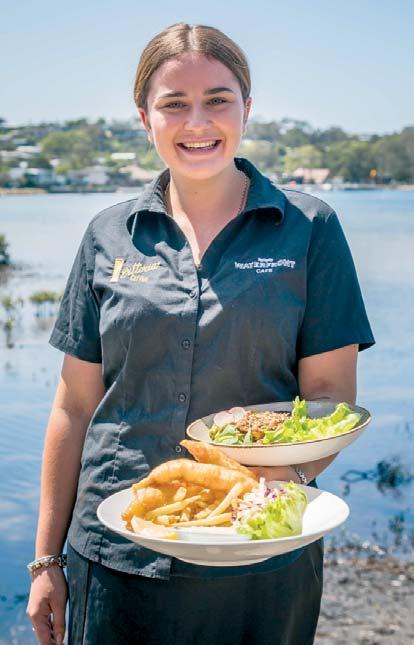
Increased acceptance of flexible working
and international travel restrictions unlocks a spike in domestic tourism.
Could COVID-19 unlock more of Australia’s passion for travel?
Th e tourism industry in Australia, which was already struggling as a result of the devastating summer bushfi res, has been one of the sectors hardest hit by the COVID-19 pandemic. In recent weeks we have had a steady stream of good news with announcements on the opening of domestic borders, the prospect of international travel bubbles, several promising vaccine trials nearing completion and the development of new rapid testing approaches that could remove or reduce quarantine requirements.
Some parts of the tourism industry such as travel agents and international aviation have been disproportionately impacted and will struggle to recover until the end of the pandemic. But for others, there are opportunities to pivot to drive additional demand for domestic travel and make the most of restless Australian would-be travellers.
Th e good news is that Australians have the desire, the time and the means to fi ll the gap left by international tourists and the expected reduction in business travellers. Australians’ adventurous spirit could prove to be a lifeline for the industry, with the restrictions on international travel inspiring more Australians to explore their homeland, which could bolster the industry for years to come.
What we’ve learned
Australians’ wanderlust will drive domestic tourism
Australians are well known for their wanderlust; it’s part of our national identity. In fact, Australians’ thirst for travel has grown rapidly over the last decade. And most of these additional trips have been within Australia – with over 90 per cent of total trips by Australians remaining domestic.
Having spent most of 2020 at home, many Australians will be eager to escape their own four walls and taste some relative normality aft er a long and unusual year. Adding to this, many of us have newfound
Reviving Australia’s passion for domestic travel.

freedoms in how we work as a result of COVID-19. Th is makes working from holiday destinations acceptable as well – creating a new category of working holiday. Th ese changes in consumer behaviour may provide welcome opportunities for tourism operators to capture a greater share of the Australian traveller’s wallet.
Local tourism could tread water in 2021
Australians have been saving hard through the pandemic – and holidays are likely to be at the top of the treat list. Lockdown restrictions have also meant people are also likely to have accrued signifi cant leave balances, so many Australians have both the time and money for holidays. However, to sustain the industry we need Australians to spend more on domestic recreational travel than they have in prior years to off set the lost revenue from international inbound tourists and a likely reduction in business travel.
Th e good news is that theoretically, if Australians are prepared to spend their international travel budgets on home soil this year, there is a possibility that the domestic industry could hold steady. To tread water, the domestic tourism industry would need to convince Australians to spend ~70 per cent of what they spent overseas in 2019 on domestic trips instead. Not an easy task for the industry overall, but individual operators may succeed through bold and forward-thinking strategies that recognise and cater to the changed consumer.
The shape of domestic holidays could change
Our research has uncovered several key trends relevant to the domestic tourism industry, all of which will continue to evolve in response to the global health crisis. We believe that recreational travellers will be driven by three key mindsets over the next 12-24 months:
1. Ticking off the backyard bucket
list – There is a tendency among young Australians to travel overseas in their younger years and wait until they have a family or even until retirement before taking the time to really explore Australia. The pandemic may force this trend to be reversed.
2. Experimenting with the work-
ing holiday – The recent preva-
lence of flexible working brought about by the pandemic and made possible by technological developments is providing an opportunity to travel for more nights and not be constrained by annual leave or public holidays.
3. Romancing with the great Auss-
ie road trip – Given that much of the growth in domestic travel will be shorter, more frequent and more affordable holidays, it is likely that many of these trips will be taken by road. The profile of road trippers in 2021 may include more young professionals, older families, cruise enthusiasts and backpackers who would otherwise be overseas.
The new business traveller
Th e drastic reduction in business travel as a result of COVID-19 may not take long to resume but could take longer to recover. Th e global remote working experiment now brings into question the need for some business trips. It is likely that shorter business trips could remain suppressed following the pandemic.
Employers are now facing an interesting dilemma which could create new reasons for business trips – how to create a culture that enables fl exible working but also builds a strong sense of team. Employers need to effectively fl ip the offi ce, whereby most work is done at home and most work-related socialisation is done at work. One possible solution could be to increase the frequency of conference-style events or team gatherings that more intensively build communities and trust.
Winners will adapt to follow the money
Th ree subsectors which we believe are in a strong position to capitalise on the current environment are:
1. Affordable accommodation –
Think caravan and camping, bed and breakfasts, holiday parks, short term rentals and home stays or swaps with friends or relatives.
Digital platforms connecting consumers to low-cost accommodation are also likely to grow, such as AirBnB, HomeAway and Home-
Exchange.
2. Rural and regional businesses –
Tourism businesses and hotels in rural and regional destinations are tipped to be winners. The expected government stimulus to encourage people to visit regional and rural areas will help kick start their recovery. Anecdotally, many Australians talk about extensive travel in Australia in their grey nomad years – perhaps they will bring it forward. 3. Digitally savvy businesses – As was the case prior to the pandemic, great digitally enabled customer experiences are key to attracting and engaging young Australians and busy families. The use of digital booking tools, social media and influencers, and availability and access to technology at tourist locations will be critical to making the most of the expected domestic travel blitz.
Be prepared and responsive
Domestic travel and tourism businesses will need to pivot quickly to capitalise on these. • Divert marketing spend from international to domestic markets, encouraging would-be international travellers to tick off their Australian holiday bucket list. • Create promotions, packages and experiences to attract and grow the working holiday crowd. • Upweight marketing to younger
Australians who have been forced to change their plans from backpacking overseas to staying local. • Consider how to work with employers to provide facilities and services that purposefully bring teams together frequently through offsites or co-working days. • Use digital services to improve the customer safety experience and adapt quickly if the health context in your area changes.
To read the full report, please go to KPMG.com.au
First published by Jane Cohen, Partner KPMG Strategy, KPMG Australia; David Hardy, Partner, Restructuring Services, KPMG Australia and Morgan Kelly, Partner, Restructuring Services, KPMG Australia on KPMG.com.au

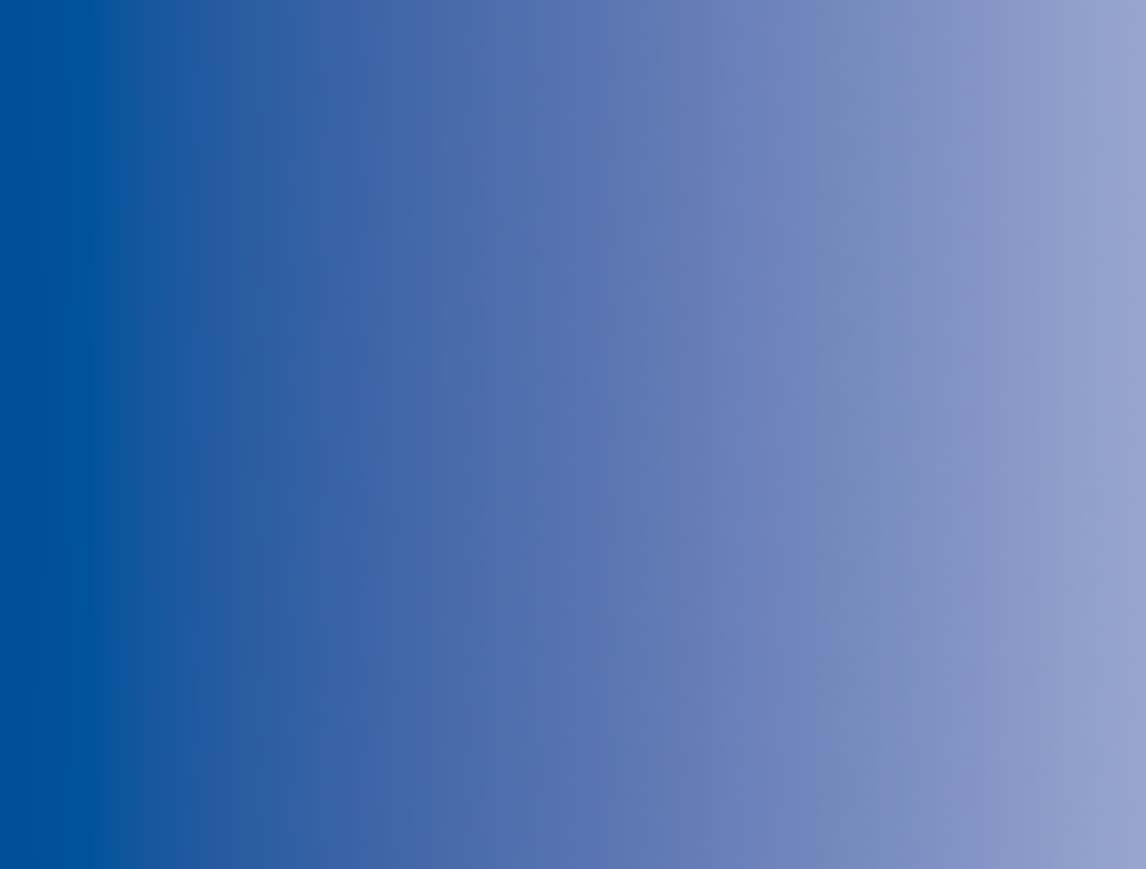






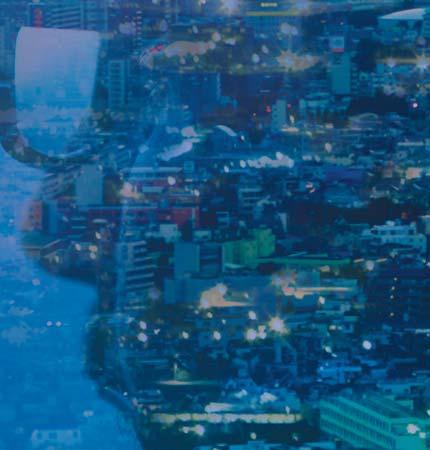
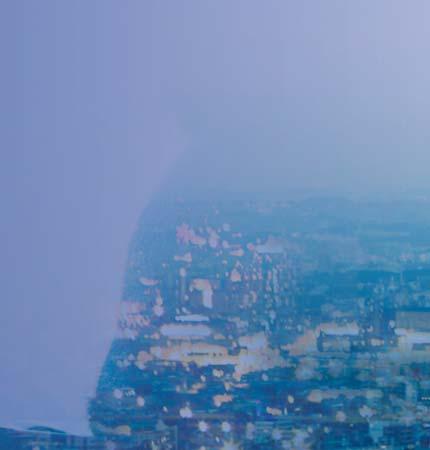


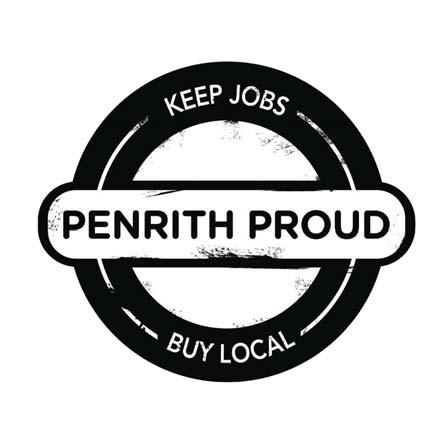
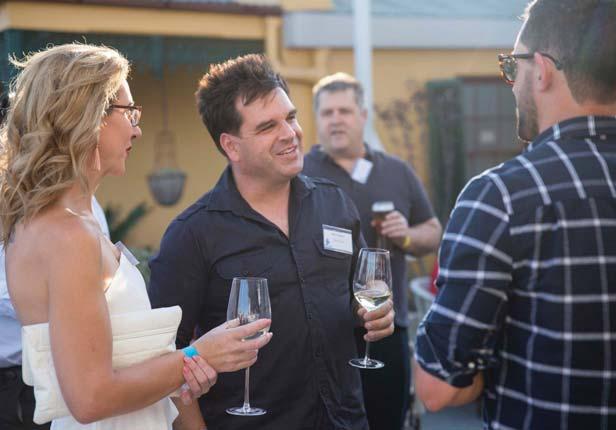



Hair studio opens at The Royce


WHATHER it’s a fresh cut, blow dry, colour or perm, there’s nothing quite like that fresh salon feeling.
For many, a trip to the hairdresser not only leaves you looking and feeling our best, but it’s also a social and relaxation ritual all-in-one.
Th e team at Th e Royce have recently announced the opening of HWA Studio at Th e Royce – Retirement Living and Aged Care.
Th is new addition to Penrith’s premier contemporary retirement community looks to become a go-to for a fabulous hair and beauty experience.
With combined industry experience of almost 30 years, Bec and Tammy have joined forces as the owners of HWA Studio at Th e Royce. A former educator for L’Oreal and fi vetime Small Business Award fi nalist, Bec owns and operates Glenbrook’s popular HWA Salon.
Opening a new HWA venture in Penrith has been a long-time goal for Bec, whose clients oft en make the trip from Penrith to Glenbrook for her services. Tammy also brings a wealth of knowledge and talent, operating her local salon at Jordan Springs for over 20 years.
Residents at Th e Royce and members of the public can expect a highly professional, innovative yet friendly and warm salon experience with every appointment at HWA Studio.
With an extensive selection of hair and beauty services on off er, HWA Studio can provide expertise in short hair cutt ing and colouring through to elegantly styled longer lengths and men’s cutt ing and camoufl age colouring, too.
Bec and Tammy are passionate about expert hair colouring, and the salon utilises high quality, sustainable and luxurious product by Keune and Pure to pamper your locks without compromise.
Coming soon HWA Studio will be introducing a full range of beautician services to add to their suite of services.
Call 0492 941 551 to book an introductory consultation. Or, not take advantage of HWA Studio’s Opening Special—a luxurious package including a relaxing shampoo, hot towel treatment and blow-dry for just $30!
HWA Studio is at Th e Royce Retirement Living and Aged Care, 123 Mulgoa Road, Penrith, and is open to the public.
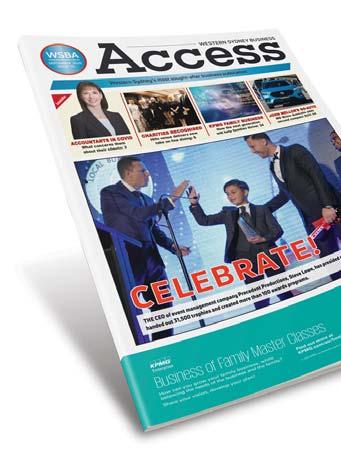
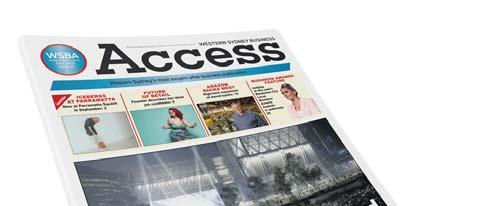

The Royce at Penrith.



Western Sydney’s most sought-after news-magazine

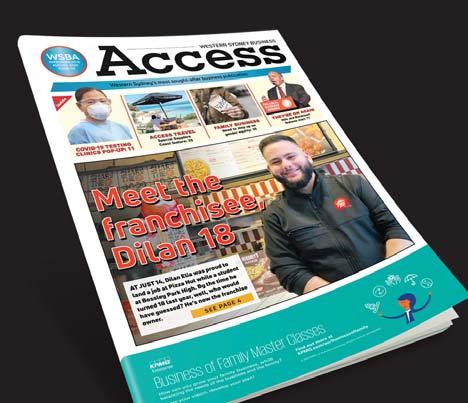


www.accessnews.com.au www.facebook.com/AccessNewsAustralia li www.linkedin.com/company/access-news-australia











